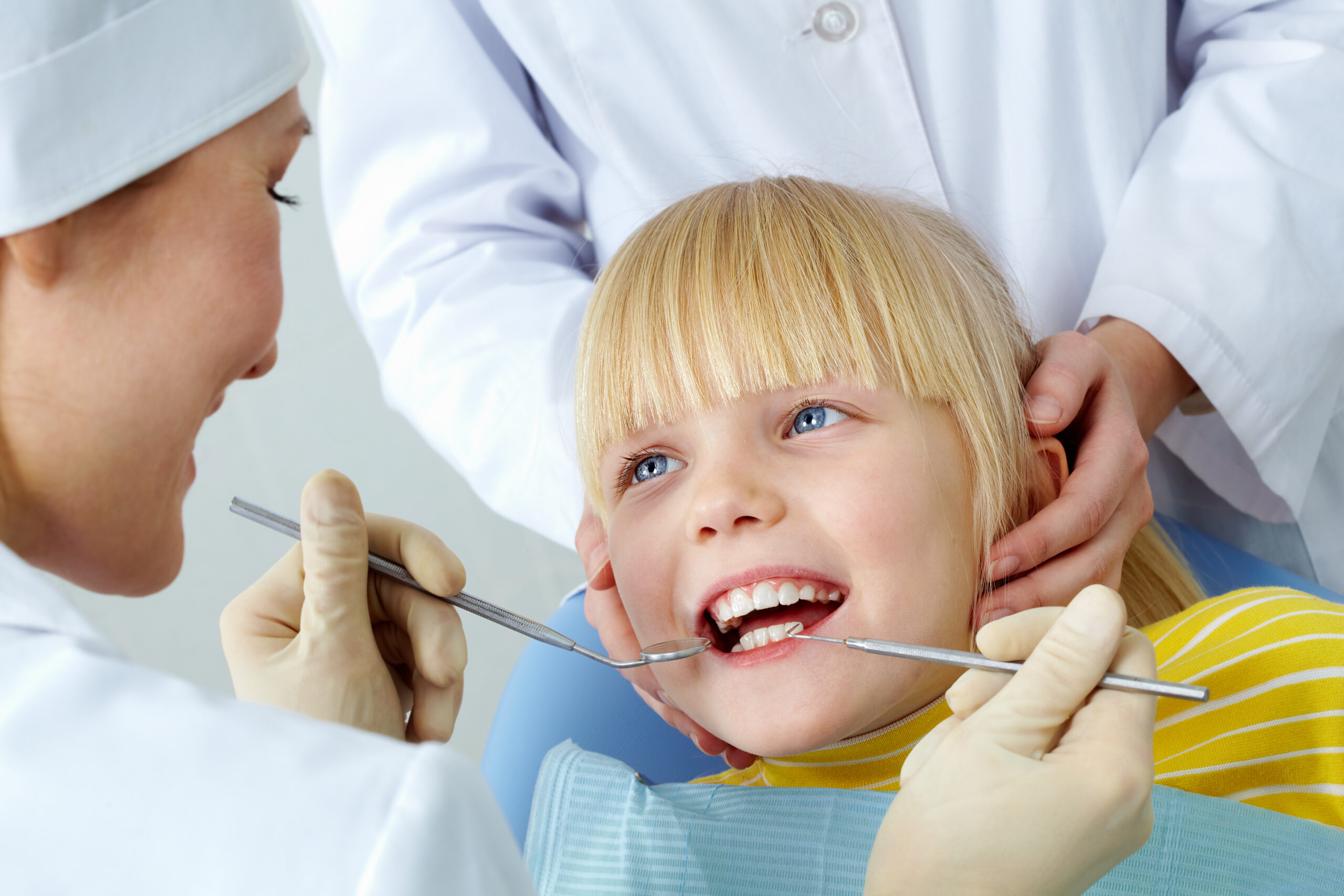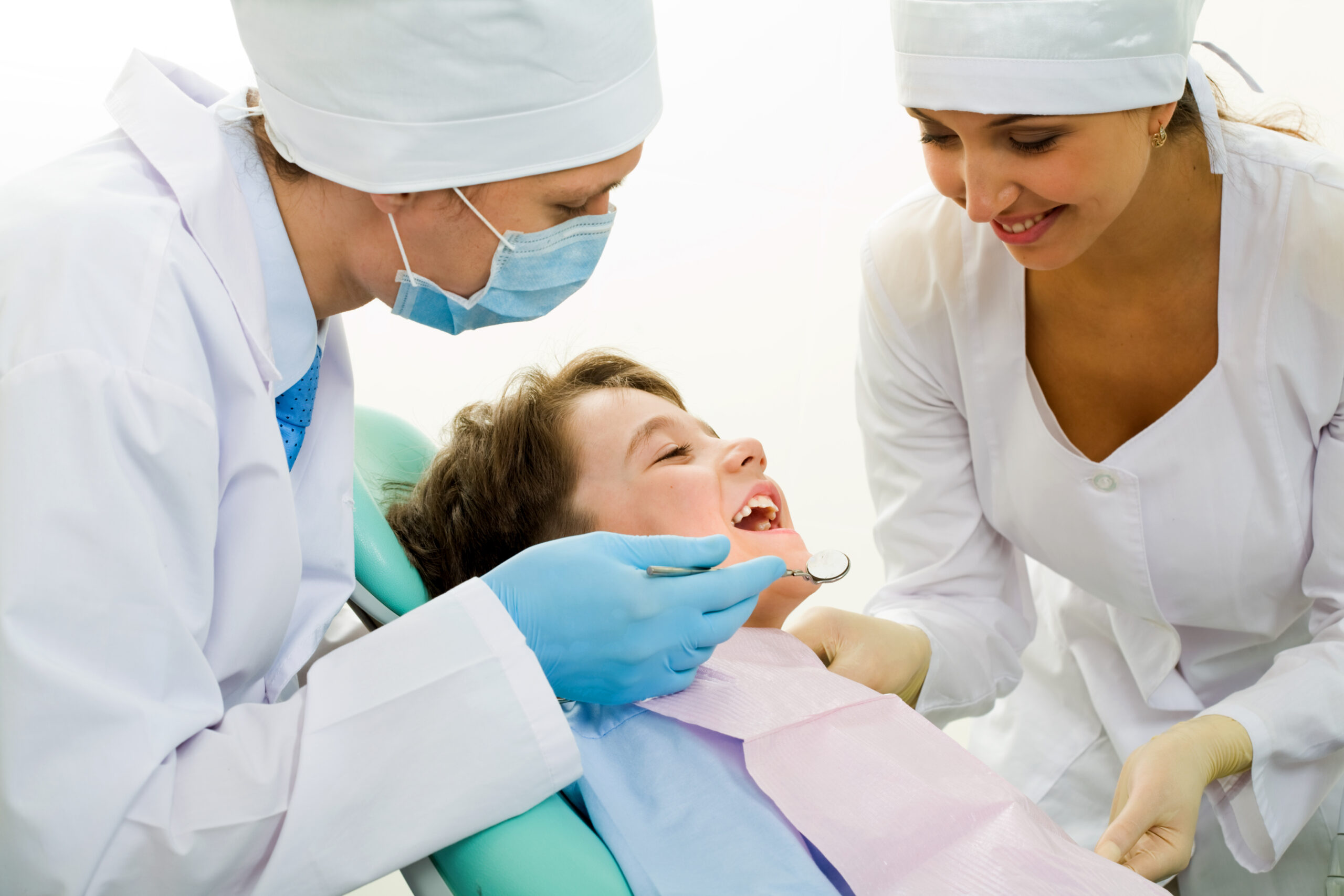
Injuries to Children’s Teeth
August 30, 2022 ABC Children's Dentistry
A childhood tooth injury can be a frightening experience for both parent and child. Children suffer tooth injuries from falls, playing and sports at a relatively high rate, so it pays to be ready in case something happens. Having a plan to deal with chipped, cracked or even completely “knocked out” teeth will help you get the best help for your child if the situation ever arises.
Treatment for Injured Teeth
An injury to a primary or permanent tooth may range from a slight chip to a full crack or break. In extreme cases, the tooth may be totally detached from the socket. The injury may cause bleeding, pain, sensitivity and will certainly frighten the child. However, there are steps you can take to mitigate these problems and ensure your child recovers quickly:
- Stay calm. One of the most important things you can do for your child is to remain calm in the face of a tooth injury. It is likely that your child will be upset and crying, so it is important to reassure the child that the injury can be treated and to seek immediate help. It may be difficult to do this if your child is bleeding and in pain, but remember that you can impart calmness to your child with your attitude.
- Place firm pressure on bleeding areas. If your child is bleeding from a tooth injury, be sure to have him or her bite down on clean gauze to mitigate bleeding. Unless the injury is very severe, most bleeding will slow down quickly with pressure. You can also offer ice chips to reduce pain and swelling.
- Collect the pieces of the tooth. It is not an old wive’s tale to collect the pieces of the tooth; often, the dentist can use these pieces in reconstruction or in creating a cap or other cover for a broken tooth.
- If the tooth has completely fallen out, gently rinse it in milk, not water. Most tap water contains chemicals that can affect the integrity of the tooth. If the child is old enough to help, try to place the tooth back in the socket, pushing down gently until it aligns with the other teeth. Have the child bite down on gauze to hold it in place, and contact your dentist right away for further instructions.
- If the tooth cannot be placed in the child’s mouth safely, place it in a baggie with milk or saliva, not ice or water.
Call your child’s dentist immediately for further information. Your dentist may advise giving the child ibuprofen or acetominophen to ease pain and help the child relax until you can get to the office. However, never give a child any drugs until you have spoken with his or her doctor or dentist.
At ABC Children’s Dentistry, we want all of our patients to have happy, healthy smiles. If you are looking for a great family dentistry practice, we are here to help! Give us a call today to schedule your child’s dental appointment.





